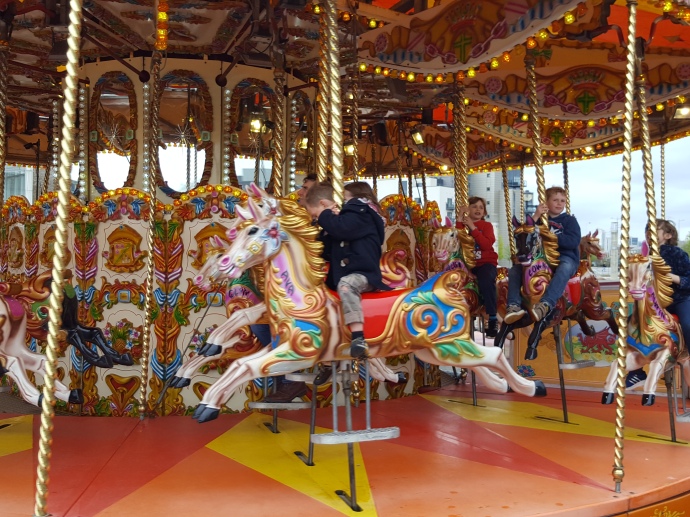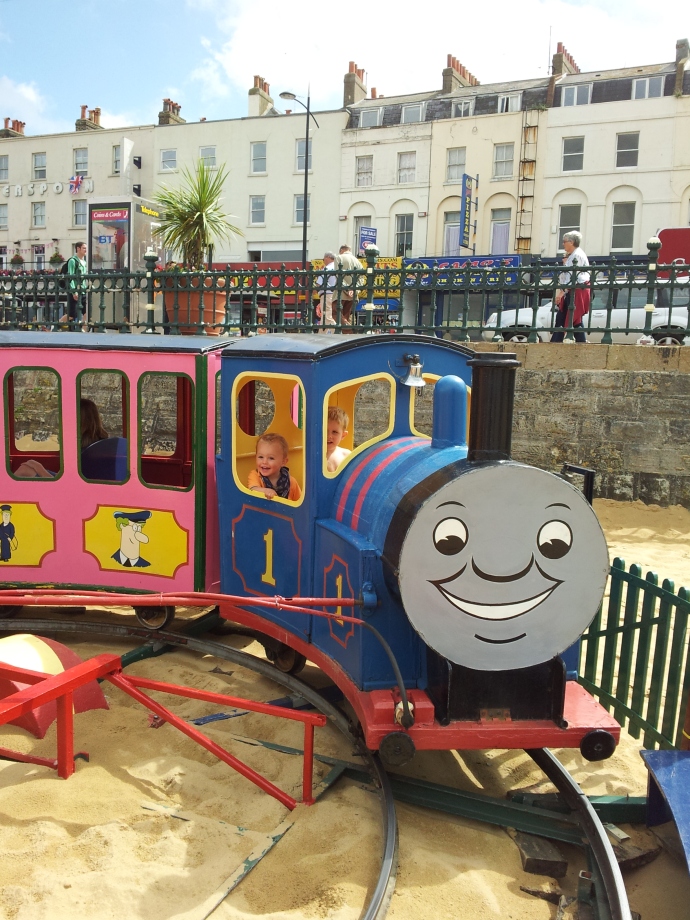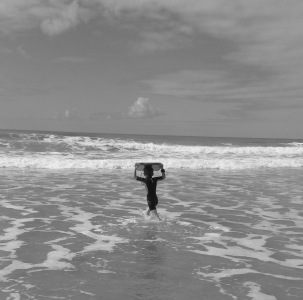Within a matter of weeks Biff went from being a calm and happy child who rarely lost his temper to an incredibly angry little boy. It was a shock. We thought we had prepared Biff well for his new little brother. We’d involved him in the process from the very beginning, talking about how he felt, what he was looking forward to and what he was not. We asked his opinion on what he thought his brother would like in his room, he helped us choose some clothes, teddies and cup and plate set. Of course he got presents too!
weeks Biff went from being a calm and happy child who rarely lost his temper to an incredibly angry little boy. It was a shock. We thought we had prepared Biff well for his new little brother. We’d involved him in the process from the very beginning, talking about how he felt, what he was looking forward to and what he was not. We asked his opinion on what he thought his brother would like in his room, he helped us choose some clothes, teddies and cup and plate set. Of course he got presents too!
It’s hard enough on birth families when a new baby arrives, I’ve heard the youngest child often regresses and feels jealous.. However at least a new baby sleeps a lot of the time and doesn’t move around. Having a 2 year old toddler suddenly thrust into your life is a completely different experience, and incredibly hard on the other child. Toddlers are demanding. Buster was into all of Biff’s toys, he ran around, wanted our full attention all the time, he was non-verbal so communicated through crying, screaming and grabbing.
In retrospect it was no shock that Biff lost his cool. We all struggled to adapt. It was a very tricky time as there was so much to balance. How do you manage the overwhelming emotional and physical needs of a newly placed child alongside an already placed, feeling usurped child? Biff started saying he hated us. He hated his new brother, he told us he wanted to go to live with his birth Mum. Every time he saw either of us cuddle or re assure Buster he said we didn’t love his as much as his new brother.
Biff started having tantrums, throwing things around his room, at us, screaming, refusing to go to school, refusing to join in with activities. He became bad tempered and surly. No amount of re assurance worked. He was simply furious.
Our prep course hadn’t dealt with how to prepare our first child for a new sibling AT ALL. We asked at the time and were given some ‘reading’ but that proved ineffective. It was a travesty that we hadn’t been given training and advice on how to support our first child. We had been bunged on the same prep course as first time adopters but our needs were vastly different.
The first glimmer of getting the old Biff back came about 8 months into the placement. My brother had moved to Paris and invited me over. We decided I should take Biff on my own. The second we got onto Eurostar the furrowed brow disappeared and I had my happy little boy back. We seriously re bonded that weekend. He was lavished with attention by me and his uncle, given lots of treats and exciting new experiences. That weekend changed a lot for us. It made Vic and I realise how rotten Biff had been feeling and that we needed to both take Biff out on his own with either one of us. He needed space from his brother and time to just be the centre of our world again.



 should try and go for it and so she set the ball rolling for EHCP application and an educational psychologist came in to asses Buster. Operation; we will get an EHCP, began. A note to the wise: if you have a looked after or adopted child keep absolutely EVERYTHING you can in terms of paperwork that would ever support a claim your child has difficulties; luckily we had. We had kept every doctor’s report, CAMHS assessment, Ed Psych, Speech and Language Report, pediatric assessments, nursery and school reports, exclusion letters, hospital letters… you get the idea. We had boxes and boxes full of letters and we sifted the most relevant and attached them to our application.
should try and go for it and so she set the ball rolling for EHCP application and an educational psychologist came in to asses Buster. Operation; we will get an EHCP, began. A note to the wise: if you have a looked after or adopted child keep absolutely EVERYTHING you can in terms of paperwork that would ever support a claim your child has difficulties; luckily we had. We had kept every doctor’s report, CAMHS assessment, Ed Psych, Speech and Language Report, pediatric assessments, nursery and school reports, exclusion letters, hospital letters… you get the idea. We had boxes and boxes full of letters and we sifted the most relevant and attached them to our application. hee for over two hours. I didn’t even recognise who I was and felt incapable of anything like rational thought.
hee for over two hours. I didn’t even recognise who I was and felt incapable of anything like rational thought.

 weeks Biff went from being a calm and happy child who rarely lost his temper to an incredibly angry little boy. It was a shock. We thought we had prepared Biff well for his new little brother. We’d involved him in the process from the very beginning, talking about how he felt, what he was looking forward to and what he was not. We asked his opinion on what he thought his brother would like in his room, he helped us choose some clothes, teddies and cup and plate set. Of course he got presents too!
weeks Biff went from being a calm and happy child who rarely lost his temper to an incredibly angry little boy. It was a shock. We thought we had prepared Biff well for his new little brother. We’d involved him in the process from the very beginning, talking about how he felt, what he was looking forward to and what he was not. We asked his opinion on what he thought his brother would like in his room, he helped us choose some clothes, teddies and cup and plate set. Of course he got presents too!